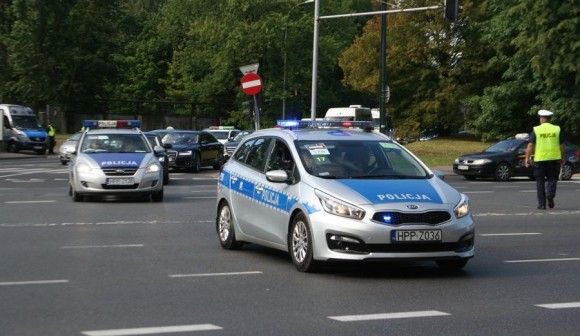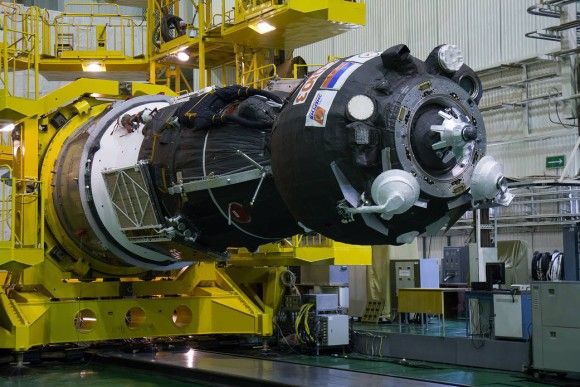Territorial Defence Forces
Polish “Shield” Enhanced With The Polish Radars
As the release issued by the General Command of the Polish Armed Forces suggests, 3rd Wrocław Radio-Technical Brigade has just received two modern Polish 3D NUR-15 M (TRS-15 Odra) radars.
The radars mentioned above have been provided by the manufacturer, the PIT-RADWAR company, within the scope of the Polish Armed Forces modernization programme. The aforesaid systems are going to be used by the 8th Radio-Technical Battalion, based in Lipowiec. The first of the radars was provided for a radar post of the 224th Radio-Technical Company stationed in Lasowice Wielkie, near Malbork, and the second one is going to be used by the 140th Radio-Technical Company in Dębina, near Warsaw.
The procedure, in which the new radar were handed-off, along with verification of their technical condition, is scheduled to be finalized this year. This is going to mean that the radars are going to become a part of the surveillance duties schedule.
Thanks to the above process, the 3rd Wrocław Radio-Technical Brigade is going to obtain a modern 3D radar (which makes it possible to measure the heading and distance – with <50 meters accuracy, and altitude, with accuracy of <600 m, simultaneously). The radar is fitted with a hydraulically lifted phased array. The whole process of deploying and retracting the antenna may be realized in a very short period of time – maximally 20 minutes, in case of a three persons crew. This largely increases the survivability and mobility of the radar. The aforesaid properties make it possible to use the station to fill in the gaps in the radar coverage provided by stationary or mobile radars.
In case of the NUR-15M radar, a passive antenna array has been used, the elements of which are powered by a single transmitting system, with a power output of 180 kilowatts. The radar uses electronic search system for the elevation plane, and mechanical, in the azimuth plane. The flat antenna creates cosecant squared pattern beam, along with seven receiving beams (so called mono-impulse method is being used to measure the altitude). The antenna is moving at a speed from 8 to 12 RPM.
The radar operates within the S-band (F band – according to the NATO terminology), meaning the band between 2 and 4 GHz. The range for the radar is ca. 240 kilometres and it is capable of detecting targets at altitudes of up to 30 kilometres. The whole complex features an integrated IFF (Identification Friend or Foe) interrogator. The “flat” interrogator antenna is fitted above the main antenna array, and it is being lifted together with the main antenna, with the use of the same hydraulic system.
The applied processing system makes it possible to automatically correlate the signals of the primary and secondary (IFF) radars, and to monitor more than 250 radar tracks. The radar is also fitted with modern anti-jamming systems, offering an option of detecting and tracking the sources for jamming-emitters. The whole operation may be realized with own data of the radar, or with the use of the data provided by the network of the radar stations.
A single radar station consists of two vehicles, witted with ISO mounts, antenna and indicating unit, along with two towed power-supply generators.
NUR-15 Radar is a product which has been designed in Poland. The radar is currently being used by the radar-technical units. However, on the basis of the same design, once a maritime channel is added, a similar device – TRS-15C radar – has been developed. This design is being used by the Coastal Missile Squadron of the Maritime Missile Unit.



